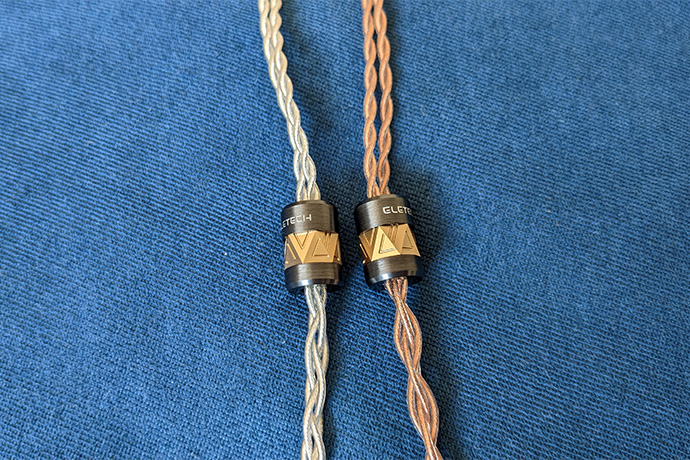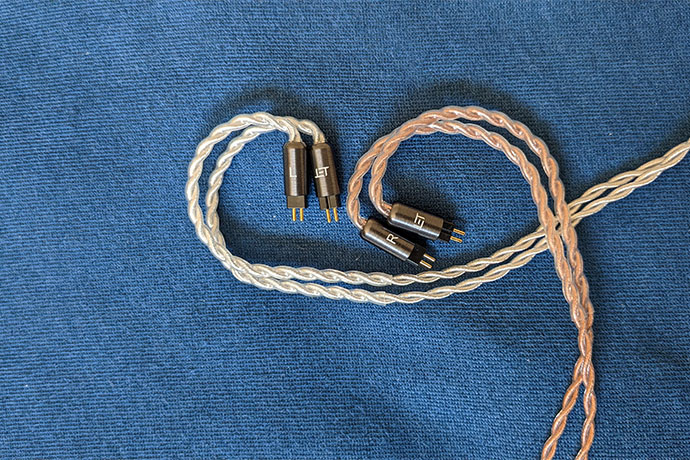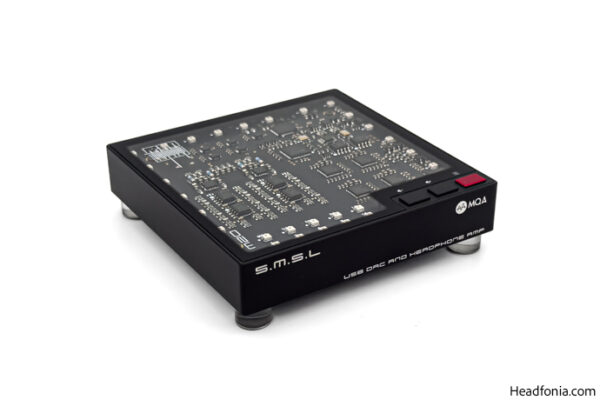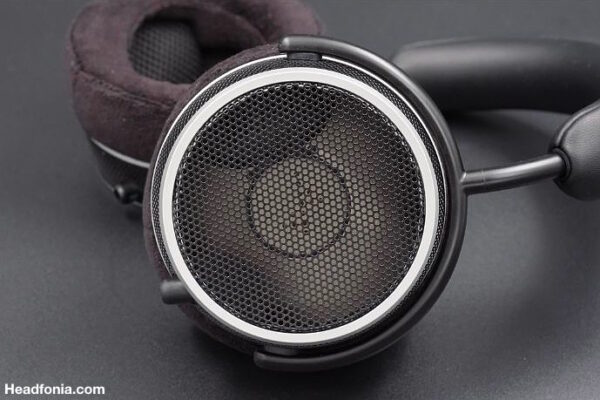In this review we check out the Eletech Azrael and Cassiel. They are priced at $249 USD and $299 USD respectively.
Disclaimer: Eletech supplied the Azrael and Cassiel for this review and our honest opinion. We thank Eric and the team of Eletech for their support and trust.
Eletech
Element Technology (aka Eletech) is a Singaporean boutique cable manufacturer that we have featured on Headfonia a couple of times already. Eletech has been co-founded by Eric Chong (previously with Effect Audio) who is very well known around our corners.
Their goal is to offer high performance cables at a reasonable price and provide hardware that meets their own (quite high) standards. I have been handling their new products for a few weeks now, and the plugs, connectors and splitter are really good and well made.
Eletech’s porftolio of cables is discerned into four different series. The Virtues Series holds their entry-level products, which cater to first-time users as well and customers looking for bang for buck offers. The Azrael, Cassiel and soon to be released Raphael (review coming soon) can be found in this series.
Their School of Athens Series is their mid-range cable series for customers who have a bit more to spend and are looking for unique signatures. Then there’s the Paranassus series, which goes all the way for audiophiles with big pockets. All of these series are IEM cables only. For headphone users there’s the Dante series, which right now only has one product in it – the Inferno headphone cable.
Apart from cables, Eletech also offers leather accessories and interconnects. Their leather cases are so sought after, that they are pretty much sold out within hours of their release. Whenever you’re after one of their cases, better be quick!

Eletech Azrael & Cassiel
A quick guide to cables
Before we go deeper into detail about Eletech’s Azrael and Cassiel cables, I want to quickly dive into what to look for in a cable. Especially if this is your first cable, it might be good to know a bit first. For others it might be common knowledge – you’re welcome to skip this section.
Materials
All cables are made of different materials. It’s quite simple at first glance. Different materials have different values of conductivity. Copper and silver are the most conductive cable materials (silver>copper). Yes, there’s also Graphene as a conductor and it has been used in cables, but they are so very rare that we will focus on the others now.
Most entry-level cables use Copper as their base material. You will also see Silver-plated Copper cables (just like the Cassiel). The reason to use silver to plate a copper wire is to enhance its conductivity and to also shape the sound a bit.
This brings me to the hot topic of cable sound. It has been discussed in endless form. Heated discussions have been held, and I am honestly tired of it. If this offends you, feel free to jump out.
It’s generally acknowledged that copper wires have a warmer sound, with a slight bass lift and a more emotionally engaging midrange. The treble on copper is often (not always) softened.
Silver on the other hand is often described as brighter sounding. The focus of silver cables is mostly on details and enhancing the top end a bit. But there are many exceptions to this, and I have also come across silver cables that have a warmer signature in general. Even Eletech’s own Plato cable is one of those.
Apart from copper and silver cable manufacturers often use Gold or Palladium to plate their wires with. Both of which have lower conductivity values than Copper. The reason to use these materials is purely to shape the sound. Gold gives a softer and fuller sound, while Palladium typically adds speed and resolution.
Connectors
Materials don’t stop at the wires though. The connectors at each end are also very often plated with different materials. The most common material used is Gold. The reason cable manufacturers use Gold here is purely about one thing: it does not oxidize. Many connections (male and female) are gold-plated because it keeps its quality.
A more high-end solution to plated connectors would be Rhodium for example. Rhodium is a material that also is highly resistant to abuse (like Gold) but it offers better noise reduction.
When you are choosing your first cable you will customize it to your needs. There’s a vast selection of different connectors out there. From standard 2-pin or MMCX to FitEar, qdc (like 2-pin, but reversed polarity and protruding connectors), T2/IPX and many more. The most common used is 2-pin or MMCX.
Before you blindly buy a new 2-pin cable it is advised to first check if your IEMs have 0.78 or 0.75mm plugs. 0.78 is wider spread, but some IEMs (like 64 Audio’s Custom IEMs) use 0.75. If you plug in a 0.78 cable in them, you will stretch the sockets.
Then of course, you will also have to get the cable customized to your source. Most DAPs nowadays have a 4.4mm balanced connection. All of them (to my knowledge) have 3.5mm single ended though.

Eletech Azrael & Cassiel
Geometry
This is a topic that’s actually shaping the final sound quite a bit and also the reason why two cables with identical materials don’t sound the same.
Geometry is the internal structure design. There’s a couple of things that play into it here. Things like the direction of the strans or the twists of them. Then there’s also the point of how many cores these strands have and where the specific conductors are placed within the geometry.
With an efficient geometry a cable manufacturer will be able to pack more strands into the same space. This in the end gives them a bigger conducting area.
Common issues
There are some things you should be aware of when buying an after-market cable.
Some copper wires get green over time. That’s because Copper oxidizes. This oxidization does not have a negative effect on the sound at all. It just looks bad – unless you’re really into green. Most cables out there don’t do that (it’s mostly Tinsel copper wires), so you probably won’t run into this issue. Litz wires should not oxidize at all. Should your cable get green and it’s a Litz type wire, better reach out to the manufacturer.
Another issue is that cables can become stiff over time. That’s another one that doesn’t have to happen. In my experience this has more to do with the person who’s using the cable and how much skin-oil their body produces. It should be noted that cables with PVC insulation are more prone to getting stiff than cables that use a different insulation material (TPU for example).
Who is a cable for?
Cables can be a good way to slightly shape the sound of your IEM or headphone. But please be aware that a cable will never change the sound in any drastic way. Boutique cables are here for people who want to squeeze out the last few percents of performance. Cables often give a darker background to what’s provided by the manufacturers. They help in bringing out more details, to enhance resolution or to just mildly accentuate or soften certain frequencies.
For others cables are often just pieces of jewelry. A shiny wire to complement that new IEM.
The review continues on page two!









